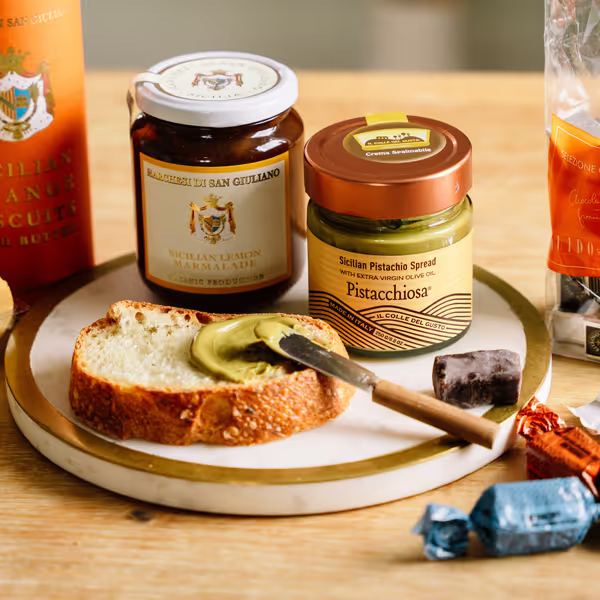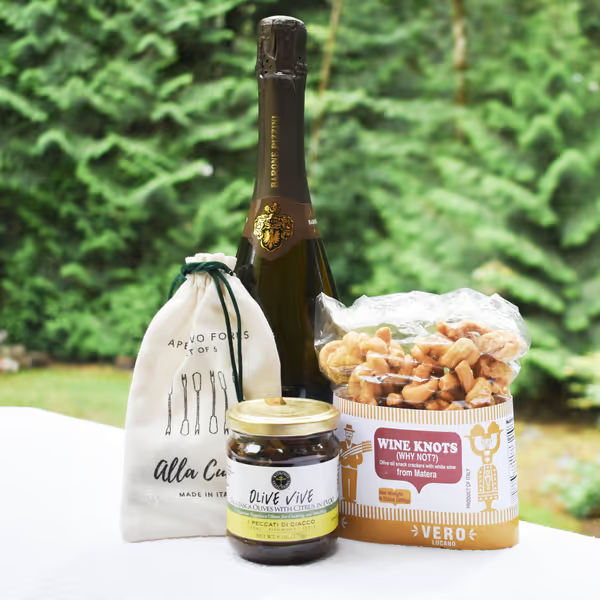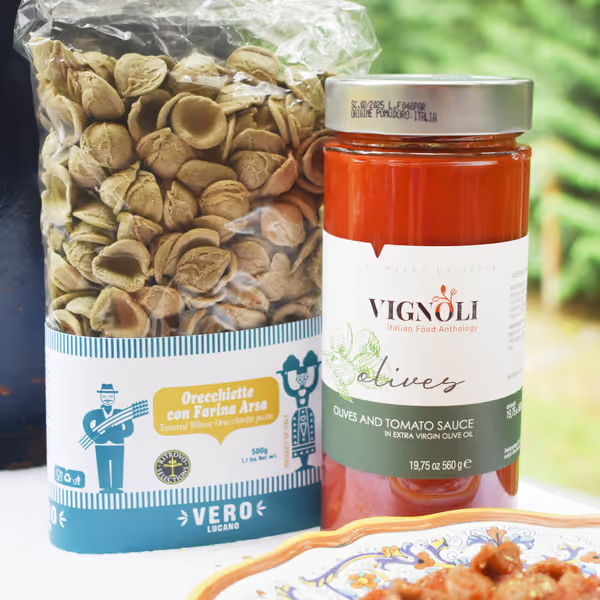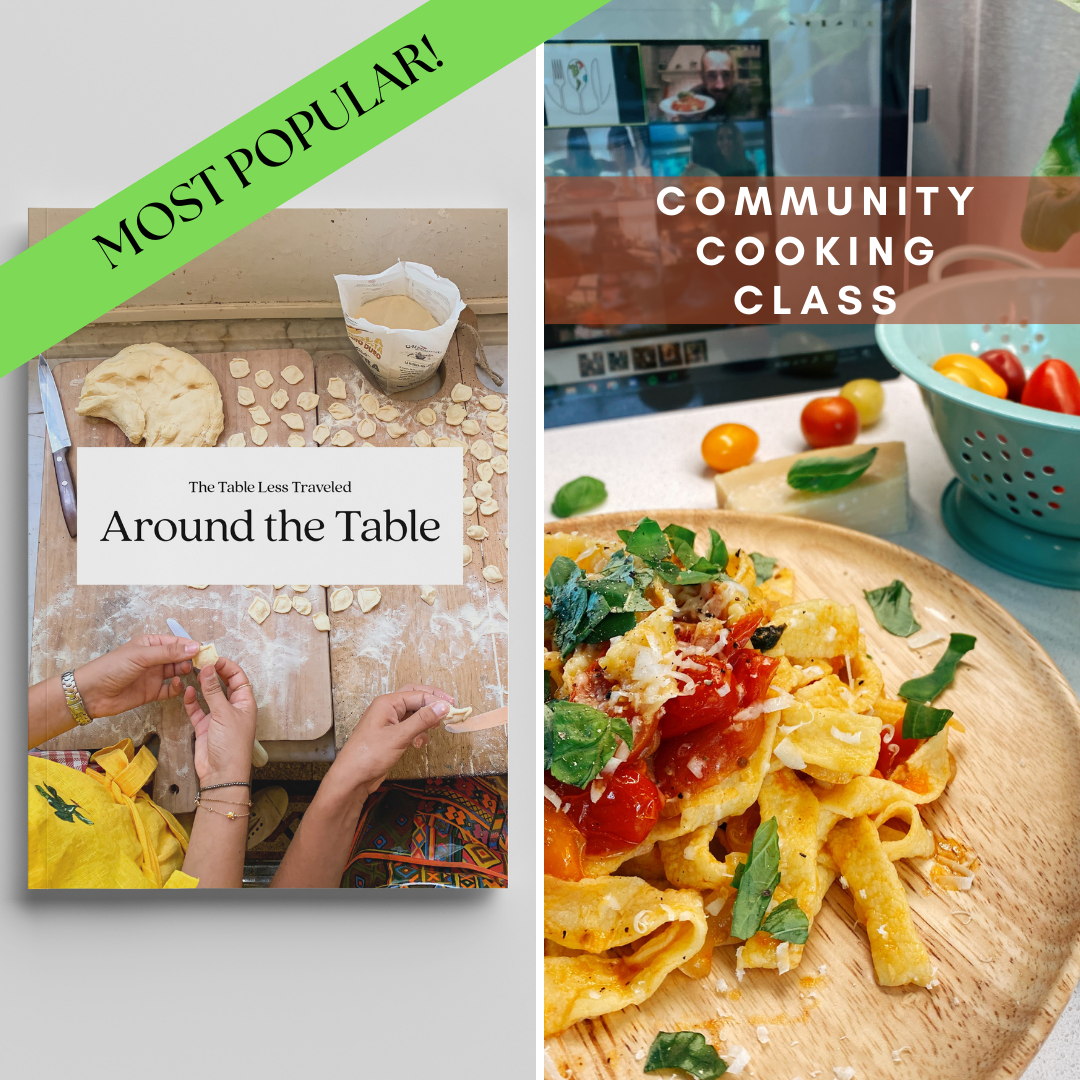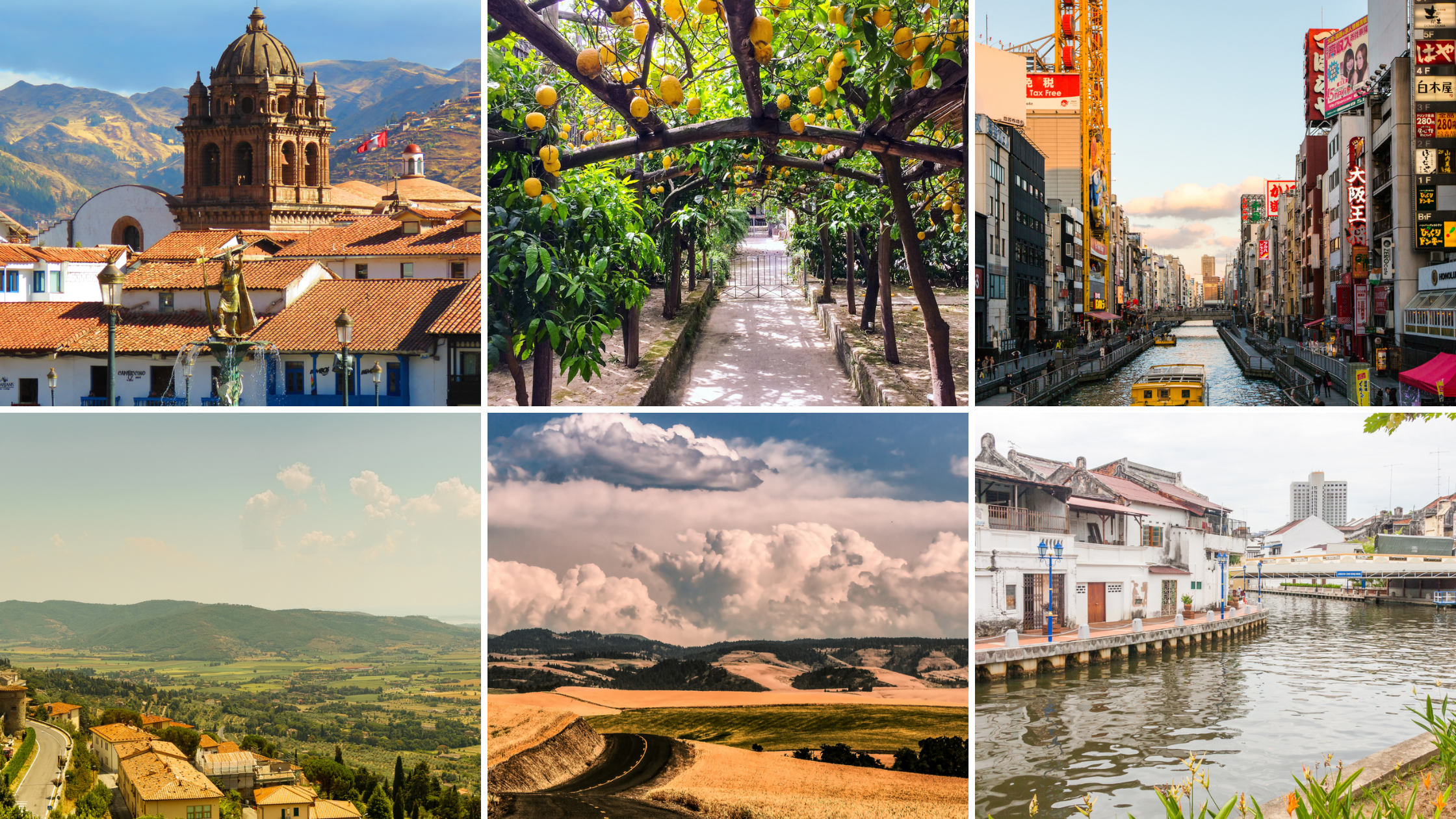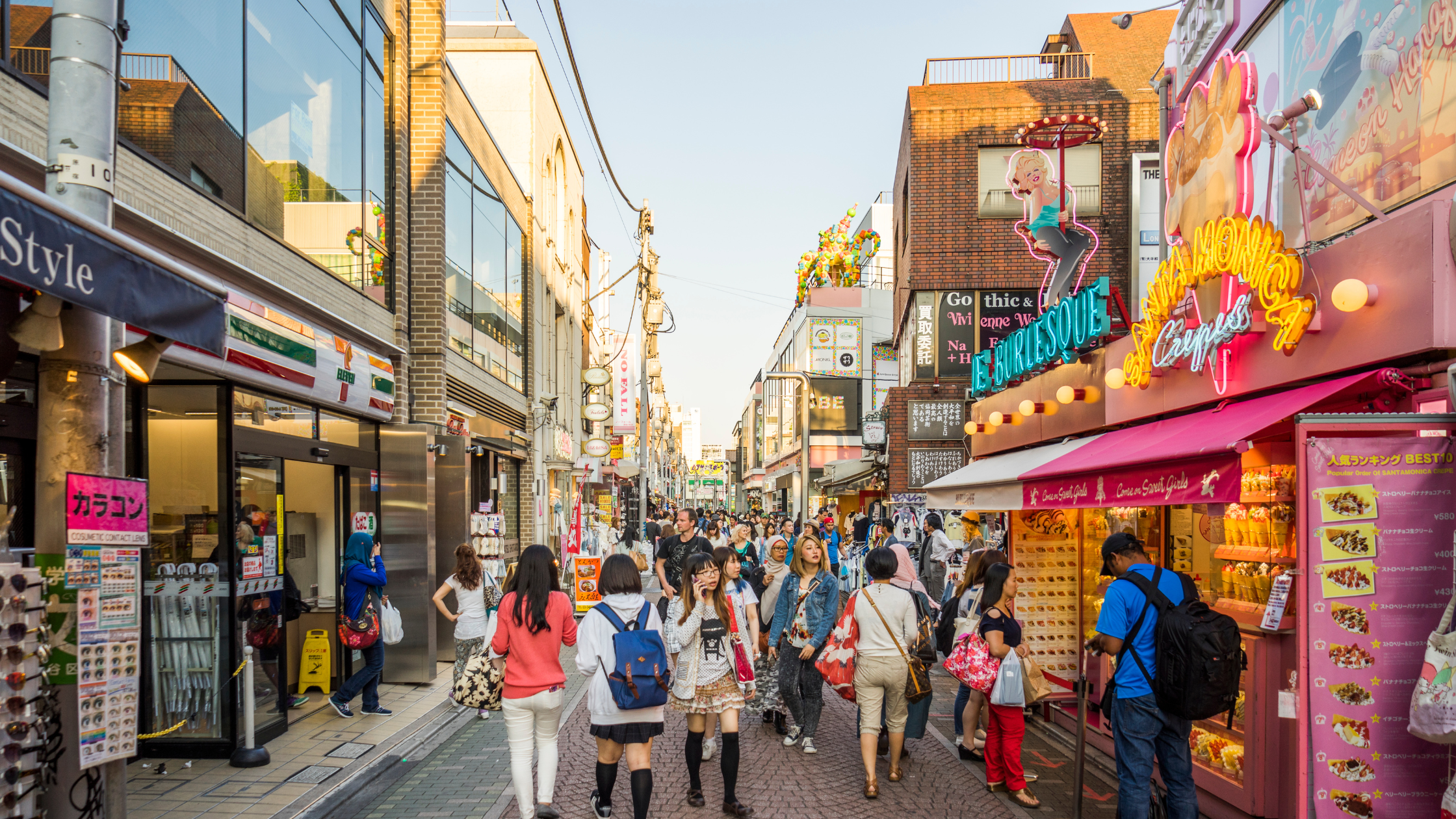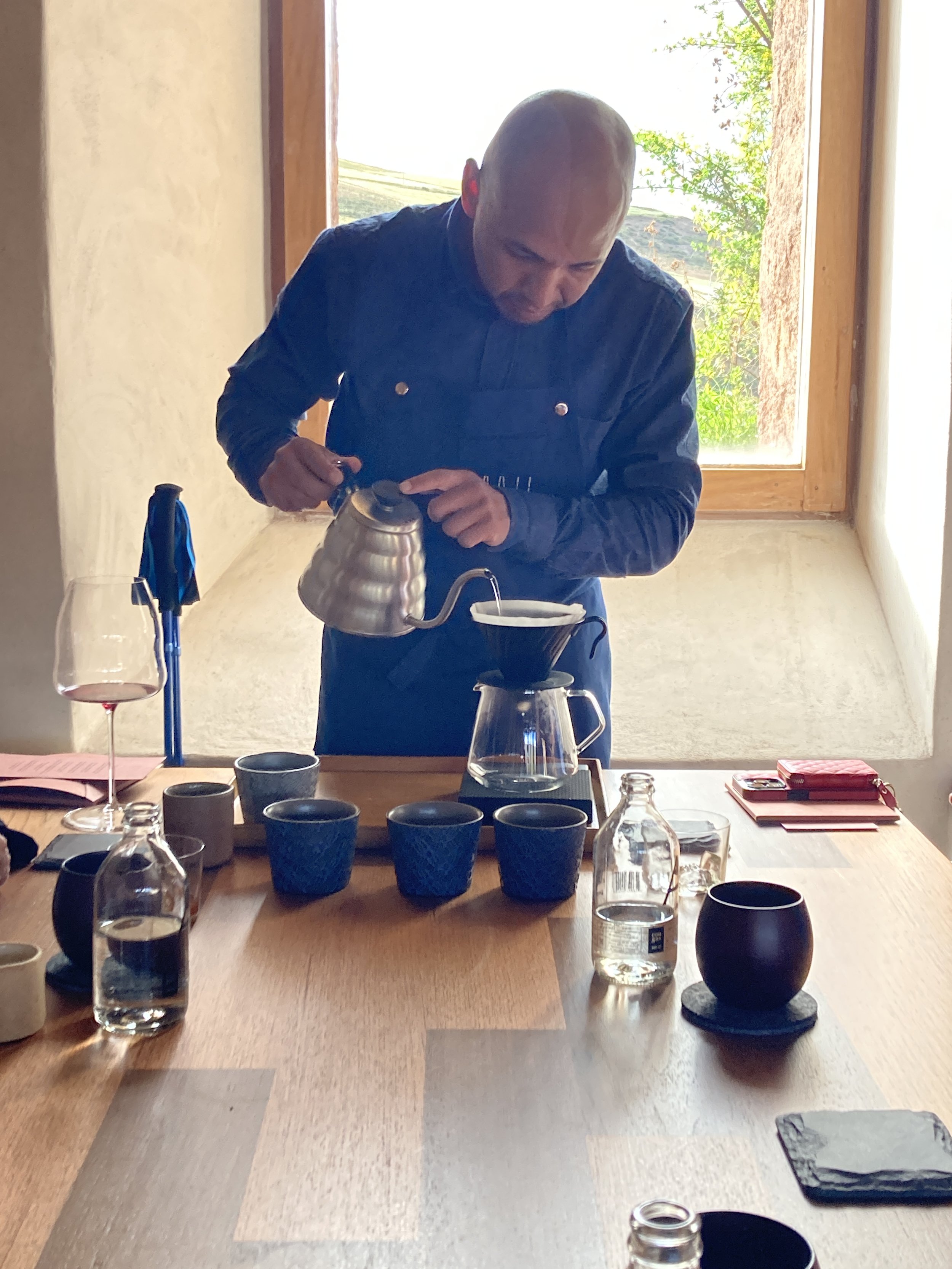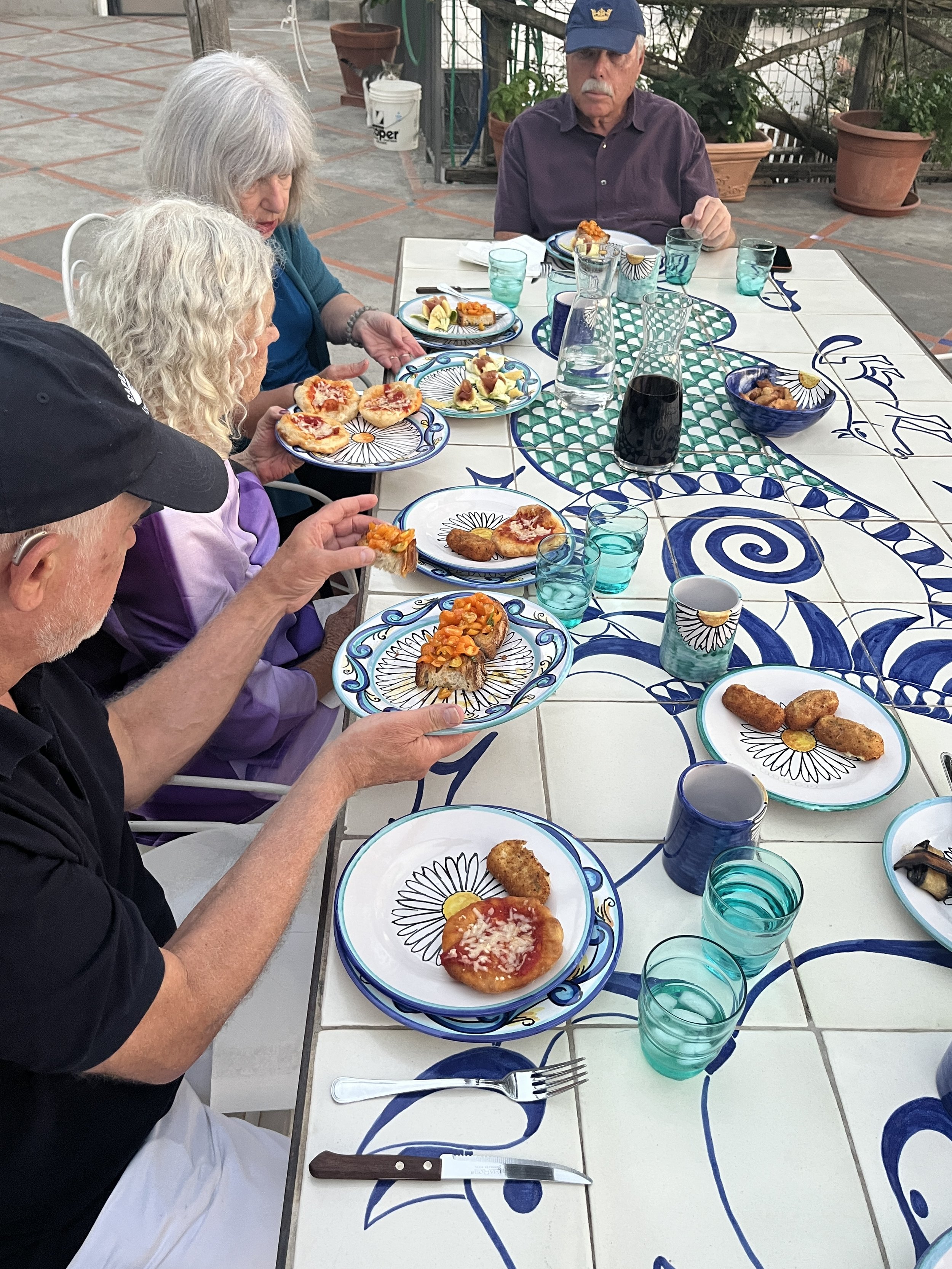Gift Guide for Foodies under $100
/Your Gift Guide for Foodies is here! If you’re shopping for a foodie, Italy traveler, or wine connoisseur this guide is going to have all the top recommendations and the best part is you’re also shopping local and getting authentic Italian food products.
We have so many people in our lives who love trying new foods, especially around the holidays. There are also parties galore and always a reason to host or entertain. Giving food gifts to these people give them something to put out for the unexpected guest. Or something to gift when they are invited to a holiday party of their own.
If you’ve been here a while you know that our love language is food and wine which means that we’ve curated the perfect gift guide for foodies. This really is a one-stop shop for your shopping!
Great for: The sweet tooth foodie in your life. This sweets gift box is filled with our favorite Italian sweets, some of them might surprise you!
What’s inside:
Pistachio cream (don’t knock it, till you try it. It’s a Dalla Fonte fan favorite!)
Jams
Honey
Cookies
Candies
Great for: The traveling foodie who enjoys happy hour like a true Italian. This is great to bring as a hostess gift or to send to your friend who always loves being the hostess.
What’s inside:
Taralli Wine Knots (so addicting! You can snag a bag just for you.)
Olives
Olive forks
Prosecco
Pasta + Sugo Gift Box | $40
Great for: The busy foodie friend who doesn’t want to compromise great taste even for a quick meal. Also, a great option if you want to gift a full dish instead of another box of sweets during the holidays.
What’s inside:
Orecchiette pasta
Olive and tomato sauce
Around the Table Recipe Collection + Cooking Class Bundle | $85.90
Great for: The foodies who love to get their hands dirty in the kitchen and try new recipes from around the world.
What’s inside:
Recipe Collection with 12 global recipes, pictures from TTLT trips, access to video tips from the chefs
Voucher for one live and interactive cooking class of their choice with The Table Less Traveled!
Great for: The foodie who wants to relive their trip to Italy and is already thinking of returning! This box highlights food from a variety of regions of Italy and includes the best way to enjoy each item.
What’s inside:
Taralli wine knots
Sweet and savory antipasto
Extra virgin olive oil from Le Ferre
Barrel-aged cherry balsamic vinegar
Apricot jam from pure stagioni
Florence City Pocket Guide (It has all our insider recommendations for a trip to Florence)
Optional: Lini’s Labrusca Lambrusco Riserva
And while you’re shopping for the foodies in your life, maybe snag one or two things to try during the holiday season. You can turn many of these gift boxes into fall-themed and Italian-inspired charcuterie boards or you can put them out for guests with our favorite Italian cocktail, an Aperol spritz.
Are you shopping for your work team? Dalla Fonte’s Corporate Gifting program makes it so simple to treat your team to the very best foods and wine this holiday season. They handle all the shipping and handling! Or if you’re looking for a way to gather together during this season, check out our holiday corporate events. Our holiday classes are a great way to learn a new skill and spend some quality time with your team.
Collaboration with Olivia Becker, Owner of Dalla Fonte
Travel with us around the world on one of our multi-day small group food tours. Check out our itineraries to Italy, Japan, Peru, and more! Join us as we visit tea farms in Japan, sip on limoncello in Italy, and savor ceviche in Peru.
If you’re traveling abroad and don’t know where to start or want to tap into our travel expertise to make the most of your trip, check out our Travel Coaching and Private Trips with booking service.
No matter where you travel, we always recommend purchasing travel protection to safeguard against sudden changes or cancellations. If you don’t already have a preferred vendor, you can check out ours - Travel Insured - which offers a “Cancel for Any Reason” policy.



